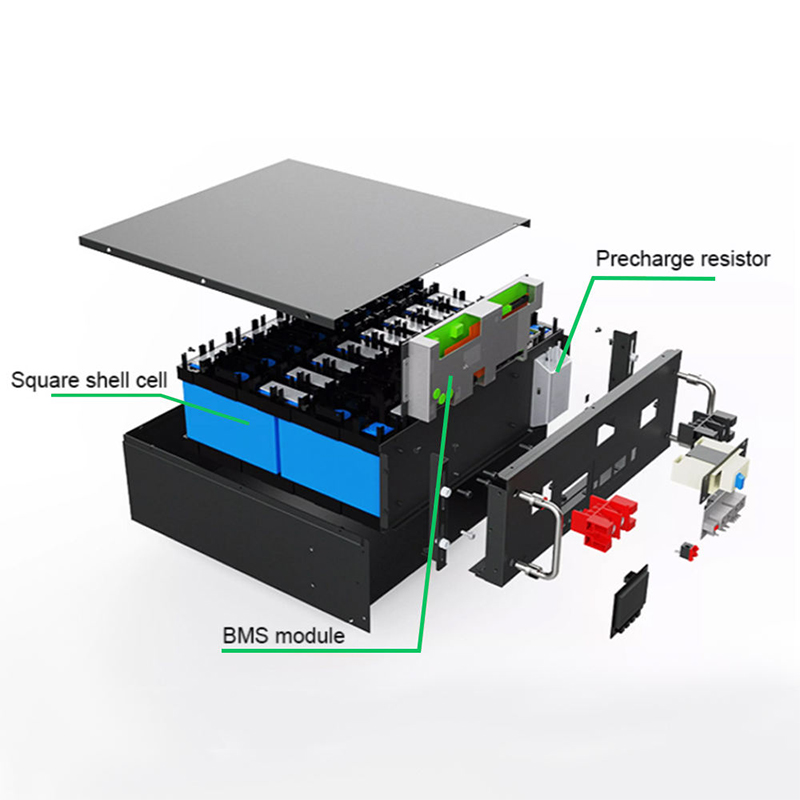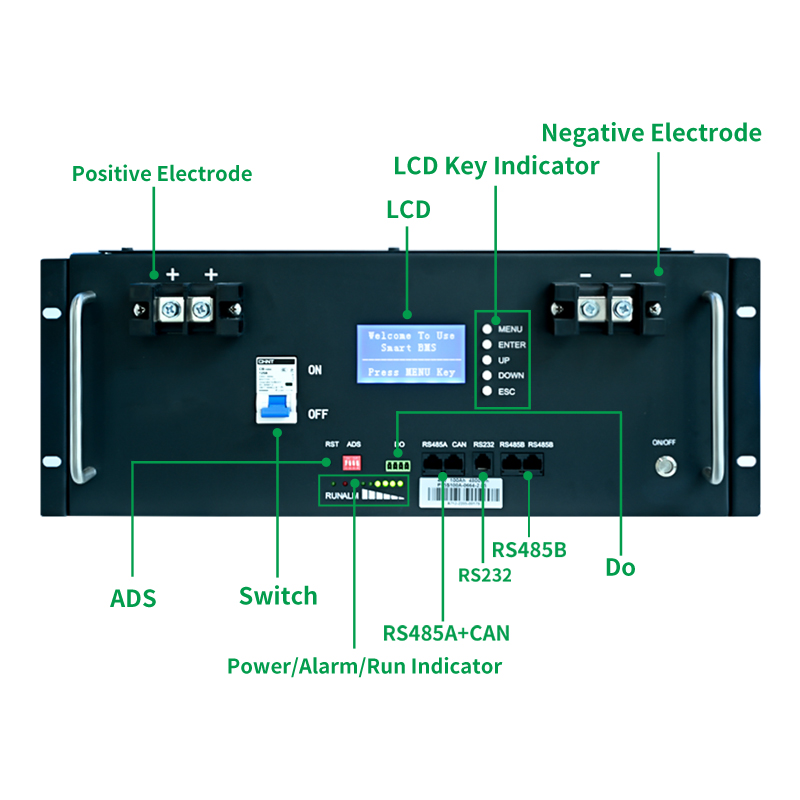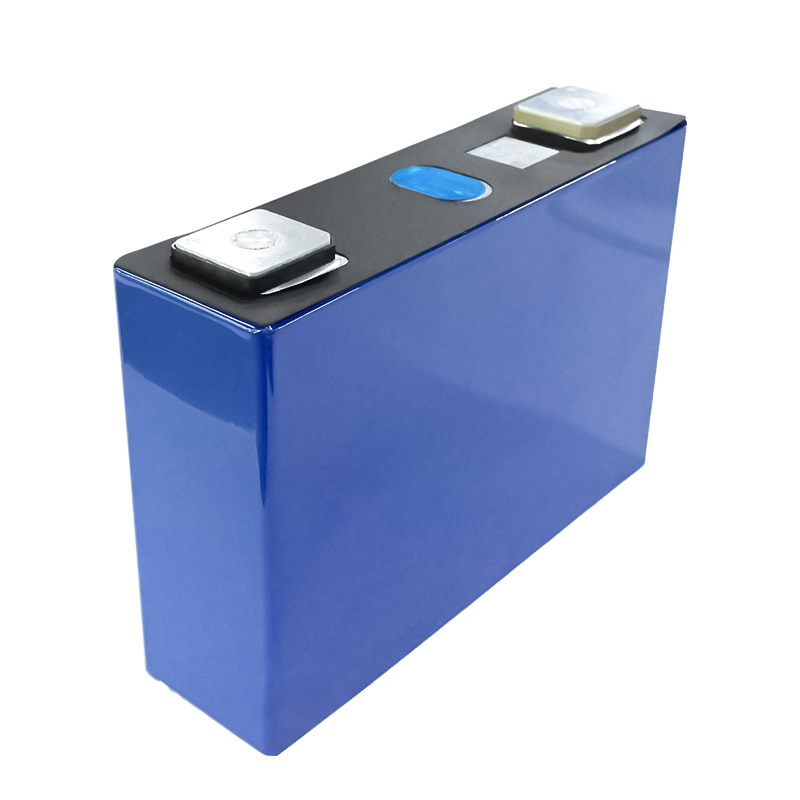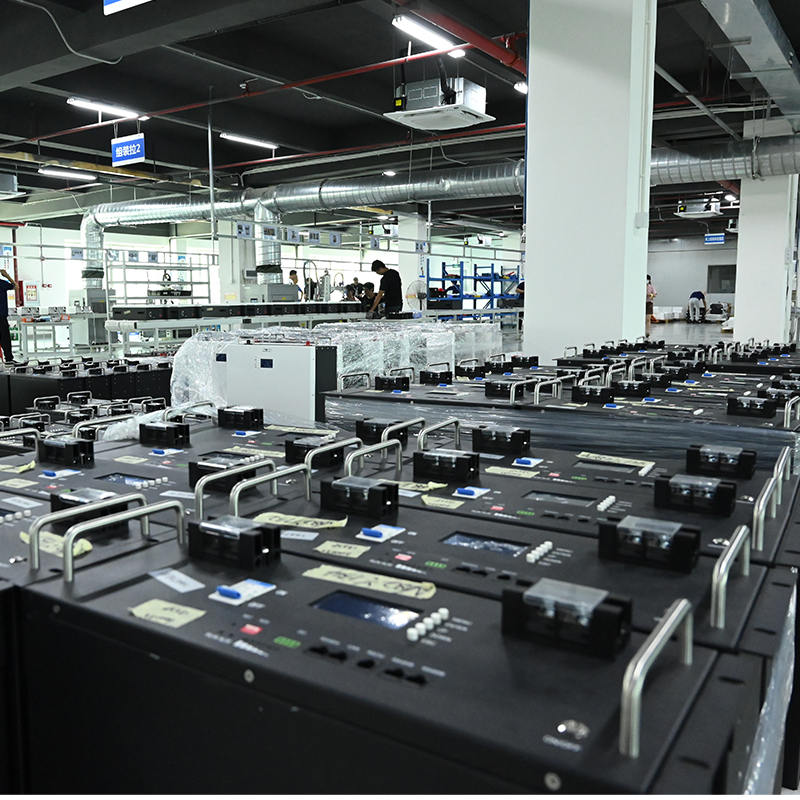SunArk energy storage using lithium batteries has become a popular solution for capturing and storing energy generated by solar panels. Lithium batteries offer several advantages for solar energy storage, including high energy density, long lifespan, and fast charging capabilities.
Brand:
SunArkMax charging current:
100AOperation Voltage:
42-54VdcLife cycles (80% DOD, 25%):
6000 CyclesLithium battery standard:
UL1642.IEC62619.UN38.3.ROHS.CE-EMCOperation temperature:
20°C to 60°C @60+-25% Relative HumidityStorage temperature:
o°C to 45*C @60+/-25% Relative HumidityStorage time / temperature:
5 months @ 25°C. 3 months @ 35*C: 1 month @ 45°C
Advantages of using lithium batteries for solar energy storage include:
1- High Energy Density: Lithium batteries can store a large amount of energy in a compact size, making them suitable for residential and commercial installations.
2- Long Lifespan: Lithium batteries have a longer lifespan compared to other battery technologies, which translates to lower replacement costs over time.
3- Fast Charging: Lithium batteries can be charged quickly, allowing for efficient storage of solar energy during periods of peak production.
4- Scalability: Lithium battery storage systems can be easily expanded by adding more battery modules as the energy storage needs increase.
5- Depth of Discharge: Lithium batteries can be discharged to a higher depth without significant loss of capacity, maximizing the usable energy stored.

How many primary features do our rack lithium battery pack have?
1- Energy Storage: The primary function of a solar lithium battery is to store the excess electricity generated by solar panels.
2- Load Shifting: Solar lithium batteries enable load shifting, which involves using stored energy during peak demand periods when electricity rates are higher or when solar power generation is insufficient.
3- Back-up: Solar lithium batteries can provide backup power in the event of a power outage.
4- Power Smoothing: Solar power production can fluctuate due to factors such as varying sunlight intensity and cloud cover.
5- Peak Demand Reduction: By storing energy during off-peak periods and discharging it during peak demand periods, solar lithium batteries can help reduce peak demand on the electrical grid.

What points will we focus on when we select battery cells?
- Battery Chemistry: Lithium-ion batteries are commonly used in solar applications due to their high energy density, long cycle life, and good charge/discharge efficiency.
- Capacity: Battery capacity is the amount of electrical energy a battery can store, typically measured in ampere-hours (Ah) or kilowatt-hours (kWh).
- Cycle Life: Cycle life refers to the number of charge-discharge cycles a battery can endure before its capacity significantly declines.
- Efficiency: Battery efficiency influences the overall performance of a solar system.
- Safety: Battery safety is crucial to prevent hazards like thermal runaway or fires.
- Manufacturer Reputation: Choose batteries from reputable manufacturers with a track record of producing reliable and high-quality products.

Here is how the process generally works in a complete solar system:
1- Solar Power Generation: Solar panels on rooftops or in solar farms generate electricity from sunlight.
2- Inverter: The DC (direct current) electricity produced by the solar panels is converted to AC (alternating current) electricity using an inverter. This AC electricity is used to power the electrical devices in the building or fed back into the grid.
3- Battery Charging: The excess electricity that is not immediately used or exported to the grid is directed to charge the lithium battery storage system. The charge controller regulates the charging process to prevent overcharging and ensure efficient energy storage.
4- Energy Storage: The lithium battery bank stores the excess energy for later use. Lithium batteries are known for their high energy density, which means they can store a significant amount of energy in a compact size. This allows for efficient storage and utilization of solar energy.
5- Discharging: When there is a demand for electricity, such as during nighttime or when solar production is low, the stored energy in the lithium batteries is discharged. The inverter converts the DC electricity from the battery back into AC electricity, which can be used to power the building.
6- Grid Interaction: In some cases, when the solar energy production is insufficient, or during periods of higher energy demand, the stored energy in the lithium batteries can be used to supplement the grid power. This ensures a continuous and reliable power supply.
However, it's worth noting that lithium batteries do have some limitations, including cost and the environmental impact of lithium mining and disposal. It's important to consider these factors when evaluating the overall sustainability and feasibility of solar energy storage using lithium batteries.
FAQs:
Q1: Do you support OEM/ODM?
A:Definitely, OEM&ODM service is supported with a certain quantity,including customize logo,package and label;
Q2: What about the normally the production time?
A: The production time is normally 15 working days. but we will always prepare some stocks for popular models.
Q3: Can you provide DDP service?
A:Yes, if you are a personal customer and don't want to deal with the customs, we can provide DDP service to your address.
Q4: How about the warranty and how to claim?
A: Warranty period are 10 years since you receive the battery, our professional after-sales team will deal with all warranty issues.